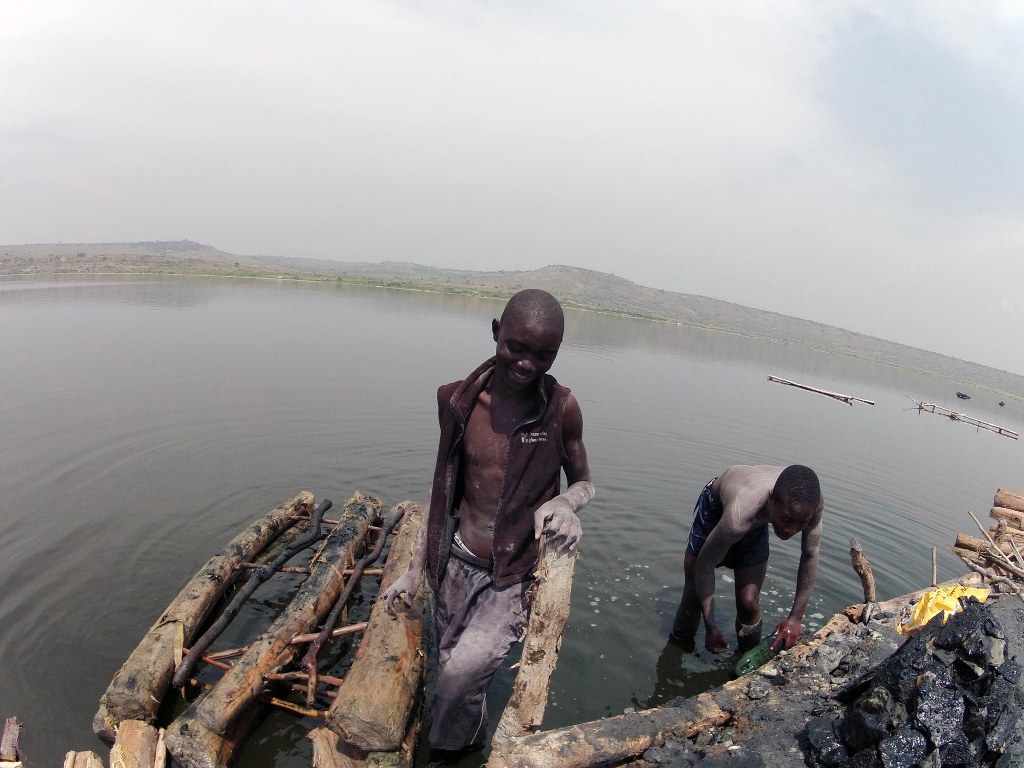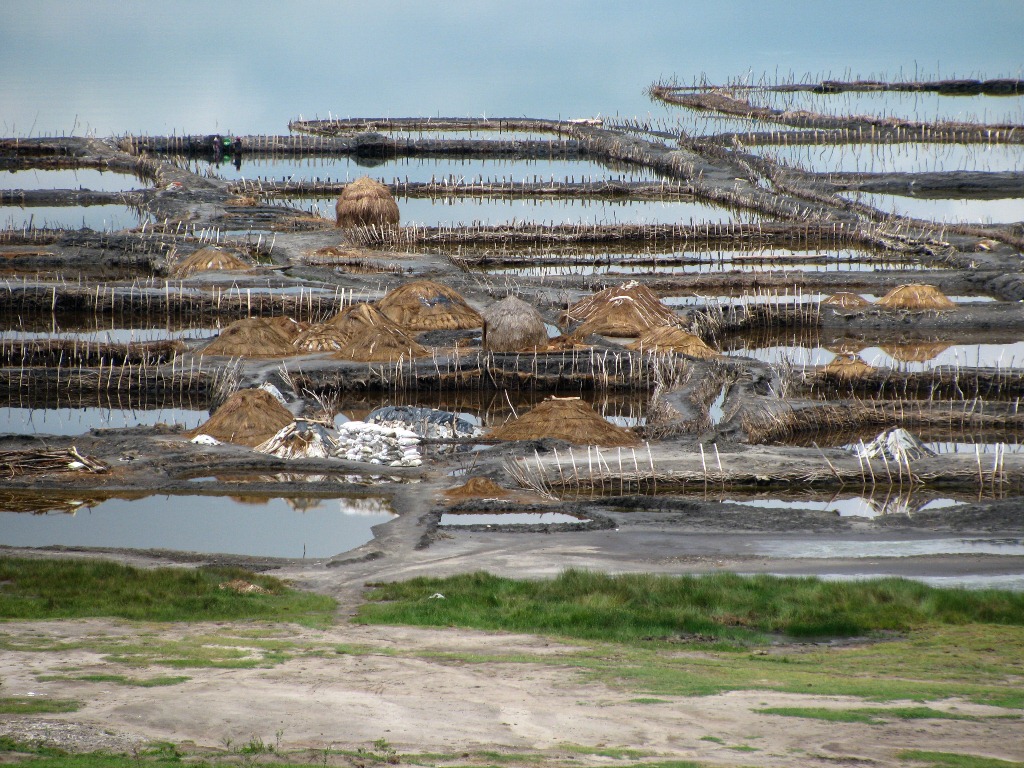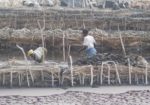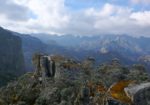Lake Katwe is known for its substantial salt production, found in Kasese in south western part of Uganda bordered by Queen Elizabeth National Park
Lake Katwe is a customary lake on which salt mining is done, formed through long ago volcanic eruption close to 10 000 years back. The adjacent local community extracts the rock salt directly from this lake all through to the landing site and there it is dried and later sold. Taking a trip to this lake Katwe, offers an opportunity to learn about the skill of salt water, as well as a chance to directly interact with the salt miners regarding their experience in salt mining. Since the 16th century this mine has been in existence and miners are up to date using the traditional methods while harvesting the salt.
Ambutch trees are used by the miners to float on this lake as well as transport the harvested salt from the rim of the lake up to the landing site where it is sold.
The water within this lake is actually 60 percent salty. The area is semi-arid whereas the soil does not support agricultural activities. for that reason the main economic activity in this place is salt mining.
The Salt which is mined from tiny plot has been extracted for several centuries back in time. These plots are very fascinating. They actually are not like the usual plots of-land that you will come across in the rest of Uganda. they are simply ponds of about 10 X 12 feet wide as well as 3 – 5 ft deep.
These are demarcated along the lake shores, and privately owned by individuals or even families and in some instances inherited. Mining within the central part of the lake is merely done by individual with licenses.
The association for Rock Salt Extraction is responsible for issuing the extraction licenses for the rock salt from the center of this lake. This sort of arrangement was put in place to make certain that the salt in this lake is extracted in a very systematic process devoid of causing extinction. The “Plots” are found on the lake shores of this impressive lake Katwe.
There are 3 main forms of salt mined at this lake: the Edible salt (called sodium chloride), the Crude salt leaked by animals as well as the Unwashed salt.
The women crumb the bottom of the salt garden to hollow out the salt. Actually they make use of their feet to smash the salt to smaller and fine crystals, after which they wash these crystals to form edible salt (also called the washed salt or sodium chloride).

















